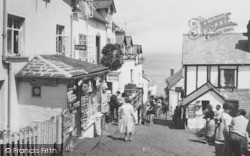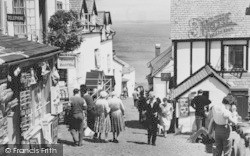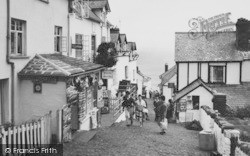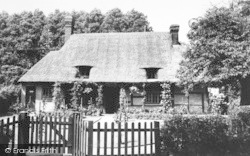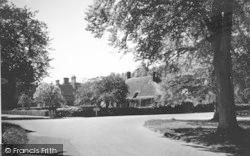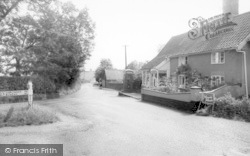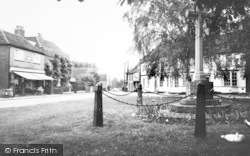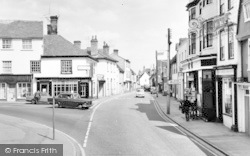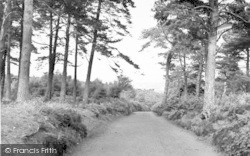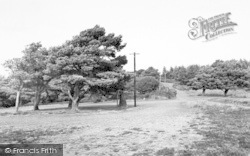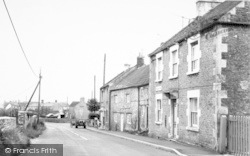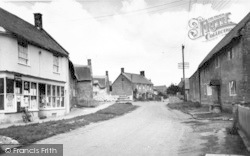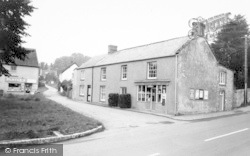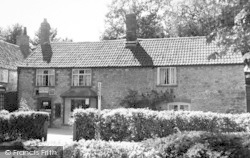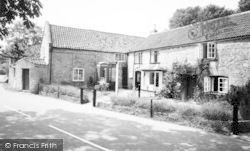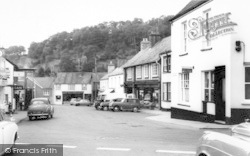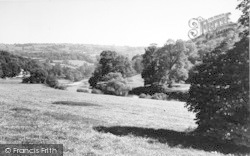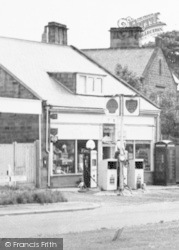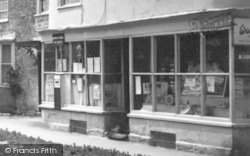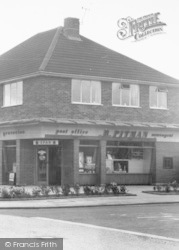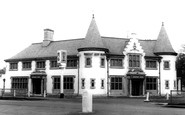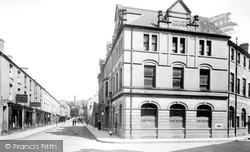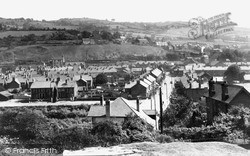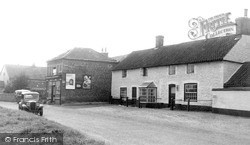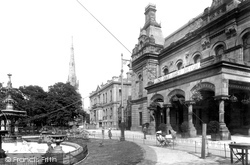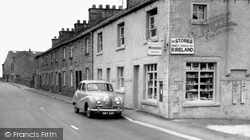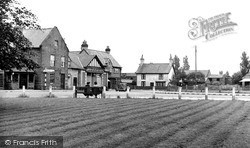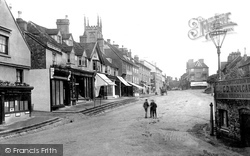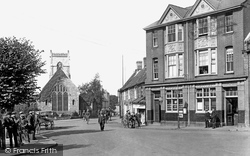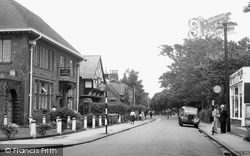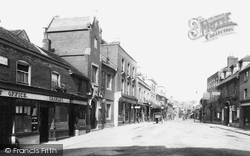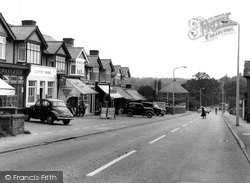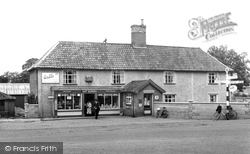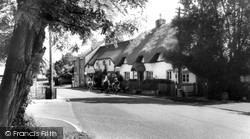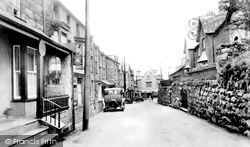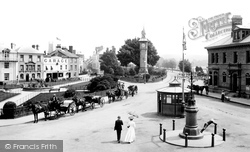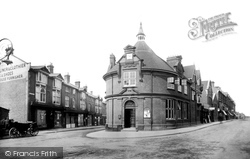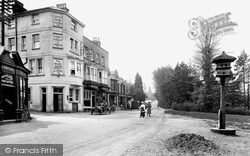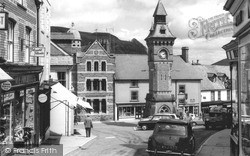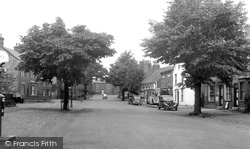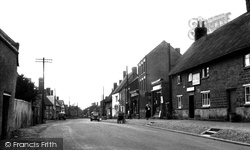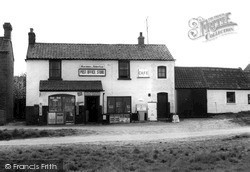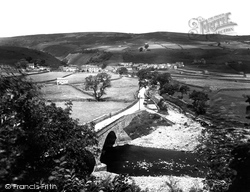Places
9 places found.
Those places high-lighted have photos. All locations may have maps, books and memories.
Photos
2,748 photos found. Showing results 781 to 800.
Maps
776 maps found.
Books
1 books found. Showing results 937 to 1.
Memories
2,736 memories found. Showing results 391 to 400.
Staines 1937 1955
This memory has been posted by The Francis Frith Collection on behalf of John Craig. I was born in Staines in 1937 and lived there until I joined the RAF in 1955 and following that moved to Cornwall. My father owned a garage ...Read more
A memory of Staines by
So Many Memories . . .
My gran Sal (Sarah Jane) Griffiths used to work at the Post Office and later at the wool shop. I used to stay with her a lot in summer holidays and we used to go to the tea dances. My dad David Ronald Griffiths used to ...Read more
A memory of Cefn Mawr in 1964 by
Photographic History Of Cranford
Hi all, have thoroughly enjoyed reading all the memories of cranford, I lived in cranford from birth in 1978 until late 1986 my father was born in cranford in 1945, I just wandered if anyone had any photographs of ...Read more
A memory of Cranford by
Wonderful Memories Of A 1970's Kid...Also Asking For Some Help If Possible.
I grew up in Bristol for the first 5 years of my life, then moved to Byfleet, and lived there for a short time until I was 10. We emigrated to the states because my Dad, who worked ...Read more
A memory of Byfleet by
St Johns School Tiffield
i remember posting memories of st johns school tiffield last month amongst at least 20 other people why cant i now find them ?your archive is not displaying correct imformation and is unacceptable ive sent you an email about ...Read more
A memory of Tiffield by
Park, Fields And The Ivy House
I was born in 1947 - youngest of five (4 girls and a boy) lived on Seaforth Avenue. Motspur Park was a great place to grow up, we had such a wonderful childhood. As well as "The Park" at the end of Marina Avenue - ...Read more
A memory of Motspur Park
A Good Two Weeks
It was in 1944 and I was an 18 year old gunner in the Royal Artillery.By mistake, my mate Peter and I found ourselves posted to a little village called Tilshead,it was a clerical error because when we got there no one at the Army unit ...Read more
A memory of Tilshead by
And Old Soton
I remember as a child being woken up at night and walking with my parents from 148 Hill Lane to the air raid shelter on the common, and picking up bits of shaperal (is that how it is spelt?)on the way home,and off to school next ...Read more
A memory of Southampton by
Happy Days
I was born in 1942 & lived in placehouse lane, attending down land school then passing the dreaded 11plus & spending the next 6 years at purley county grammar school for girls starting in 3 upper r which was an extra class founded ...Read more
A memory of Old Coulsdon by
Winster Rd.,
We moved to Peel Green when I was 9 we lived in Winster Rd., it was a new house when we moved in it was one of the first to be finished, When we moved there the houses on the opposite side were just being started, I remember the shop at the ...Read more
A memory of Peel Green by
Captions
1,653 captions found. Showing results 937 to 960.
The post office on the left shut in 2004. Parked is a Hillman Imp with L-plates that in 1967 cost £665 at Alec Bennett in Portswood.
Davies's Buildings containing the post office was built in 1892 on the site of the Mackworth Arms (demolished 1890/91).
In our post-industrial age you can now follow the same road out of Risca to the Dan-y-Graig nature reserve, which is situated on land given to the Gwent Wildlife Trust by the Risca
The inn and the post office (and general stores) were at the heart of most villages until very recent times.
Further along is the Town Hall, which was built in 1854; it also housed the police court and post office.
On Main Street were the blacksmith, the wheelwright, the fishmonger, the butcher and the post office, which was run by Mr R Ireland in his general stores (right).
The posts have now gone, but there is still a bench; and the copper beech tree, just visible on the left, is now a fine, mature specimen that shades much of the Green.
On the left is the post office, run by Fred Maplesden, who was also printer and publisher of the East Grinstead Household Almanack.
On the right is the 1884 post office, with its decorative detailing, recalling the ancient East Anglian tradition of pargetting.
The main Post Office was on Brows Lane. The name Formby is said to derive from Icelandic or Scandinavian, and to mean 'the village of the old wise man'.
In this photograph the High Street has an almost deserted aspect, apart from two stationary carts; the Post Office is on the left and the Swan Hotel further along on the right.
The hexagonal building at the bottom was a provision store plus post office, then a gas company showroom for a short time, and finally Martin's Central Heating, before it was demolished for road widening
Mr Burden's shop and Post Office is the centre of village life. Here we see the local bobby returning to his beat—his cycle is parked under the signpost.
Now the Bee Hive Store and Post Office have been built at the end of the terrace and provide service six and a half days a week.
The Post Office is down the street to the left.
A small boy plays on the posts.
The Old Bank building, which stood at the junction of Chertsey Road, High Street and Broadway, failed to survive the post Second World War swathe of redevelopment which saw many of the town's Victorian
On the extreme left is the post office, with The Bricklayer's Arms across the way. Beyond is E M Parton's fish shop, and two doors further on, the Westcott Communal Kitchen.
A small girl prefers her umbrella to the shade under the shop blinds on this warm-looking day in post-war Wales.
The village post office, near the bus (right), remains.
The Post Office and Stores closed in March 2003. The lean-to is all that remains of the carpenter's and undertaker's shops.
Next door was the post office, recently demolished to allow restoration of the garden to a charming Georgian gentleman's house.
They not only provided the post office, but also newspapers and the posters outside kept the locals abreast of events both national and local; sweets, chocolates, tinned foods, candles and basic
Village life is captured in the streets of the village - the Literary Institute (1877) still stands, now the post office and village hall.
Places (9)
Photos (2748)
Memories (2736)
Books (1)
Maps (776)




